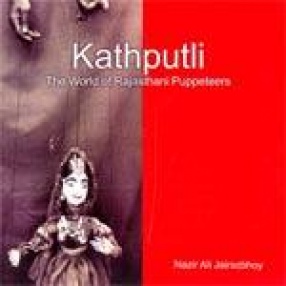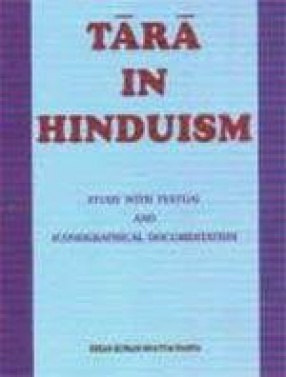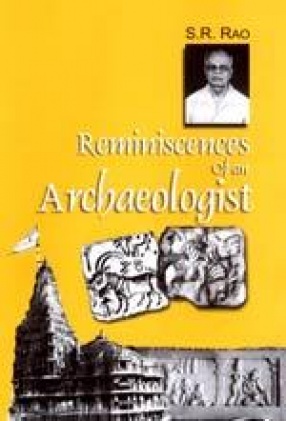This book explores elements of Rajasthani kathputli puppetry–one of several traditions of string or marionette puppetry that evolved in Europe, Asia and Africa. In addition to performance techniques, it focuses on the views and attitudes expressed by the hereditary puppeteers, the kathputli Bhats, through their art as well as through their verbal expressions. Interviews with forty-seven puppeteers, photographs and audio and video recordings of kathputli events form the basis of the book, collected during field research from 1978 to 1995 in Rajasthan, Gujarat, Mumbai, New Delhi, Pakistan and Washington, D.C. Beginning with the history of puppetry and related performing traditions, it explores the extraordinary world of the numerous bard and genealogist communities and their connection with the performing arts in India. It then elucidates performance content and context, preparations and practices, including the traditional songs sung by the puppeteers and their families, and the function of the puppeteers’ boli voice modifier. Bhat oral tradition throws new light on historical events, most importantly that of the chief figure of their central play, the renegade Rajput Amar Singh Rathor, and the recognition accorded to him as a hero of his clan. The book culminates with modern developments through which the puppeteers brilliantly merge their traditional repertoire with innovative elements, reflecting their desire to preserve tradition while creating for themselves new avenues for attracting modern forms of patronage. Illustrated with nearly 100 color and b/w photos, maps, drawings, musical examples and index. As the author states in his Introduction, “No printed work can do full justice to the dynamic visual presentation of kathputli puppetry. The two audio-visual publications, Kathputli: The Art of Rajasthani Puppeteers (Smithsonian Institution Office of Folklife Programs, 1988) and Retooling a Tradition: A Rajasthani Pupper Takes Umbrage at his Stringholders (Apsara media for Folklife Programs, 1988) and Retooling a Tradition: A Rajasthani Pupper takes Umbrage at his Stringholders (Apsara media for Intercultural education, 1994) should be used as complements to this monograph". Similarly, this detailed study elucidates the author’s films that preceded it, as only a written work can.
The Rags of North Indian Music: Their Structure and Evolution (With CD)
Why does Indian music have ...
$41.40
$46.00






There are no reviews yet.